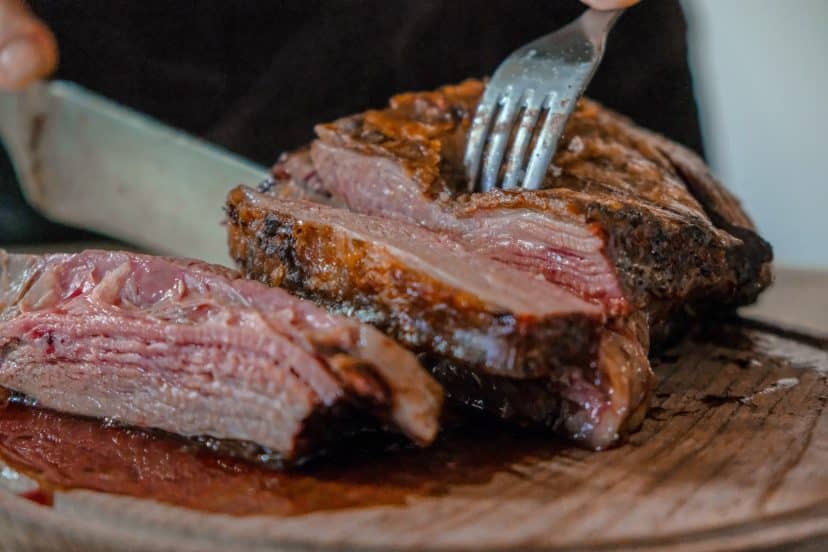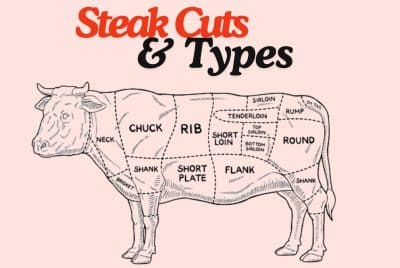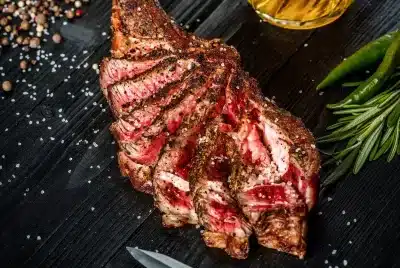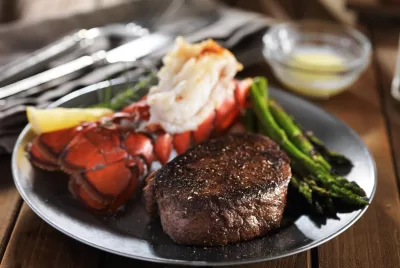How to Tell if Your Steak is Bad: 5 Unmistakable Signs of Spoilage
Ever find yourself in the kitchen, steak poised for grilling, only to pause and question its freshness? We’ve all faced that moment of culinary doubt. Deciphering whether meat is still fit for consumption isn’t exactly straightforward, prompting a furrowed brow or two from even the most seasoned home chefs. But how can you tell if a steak is bad?
No worries, though—I completely understand the hesitation; that “Is it okay?” conundrum has popped up on my radar more times than I can count. Did you know that one telltale sign of a bad steak is an off-putting smell reminiscent of sulfur or ammonia? That’s just the tip of the iceberg when it comes to identifying spoilage.
Arm yourself with knowledge as I walk you through five unmistakable signs that your steak might be past its prime. From funky odors to textures that are less than appealing, I’ll lay out the clues for spotting a dinner disaster waiting to happen.
By the time we’re done here, you’ll have mastered how to gauge meat’s edibility with ease and assurance.
So stay tuned—by tapping into your inner detective skills, gauging steak quality will soon be elementary. Let’s take a look at how to tell if a steak is bad.
Table of Contents
- 1 Key Takeaways
- 2 Understanding Spoiled Steak
- 3 Visually Inspecting the Steak
- 4 Using Your Senses to Determine Spoilage
- 5 Dealing with Spoiled Steak
- 6 Prevention Tips
- 7 FAQs
- 7.1 What are the signs that my steak is spoiled?
- 7.2 Can the color of a steak help me know if it’s bad?
- 7.3 How can I tell if a steak has gone bad by smelling it?
- 7.4 Is there a sure way to tell when my steak has passed its use-by date?
- 7.5 What should I do if I’m unsure about determining if my steak is bad?
- 8 Conclusion
Key Takeaways
- Keep an eye out for any off smells coming from your raw steak, such as sulfur or ammonia, which signal spoilage.
- Examine the steak for a slimy texture or discoloration in areas that look gray or brown instead of fresh red or pink.
- Note the use-by date on steak packaging to avoid consuming old meat that could be spoiled and unsafe to eat.
- Feeling the steak’s surface can reveal if it’s bad – a sticky, slimy, or overly moist texture means bacteria may have set in.
- Safely dispose of spoiled steak by sealing it in plastic bags and throwing it away immediately to prevent illness and avoid cross-contamination.
Understanding Spoiled Steak
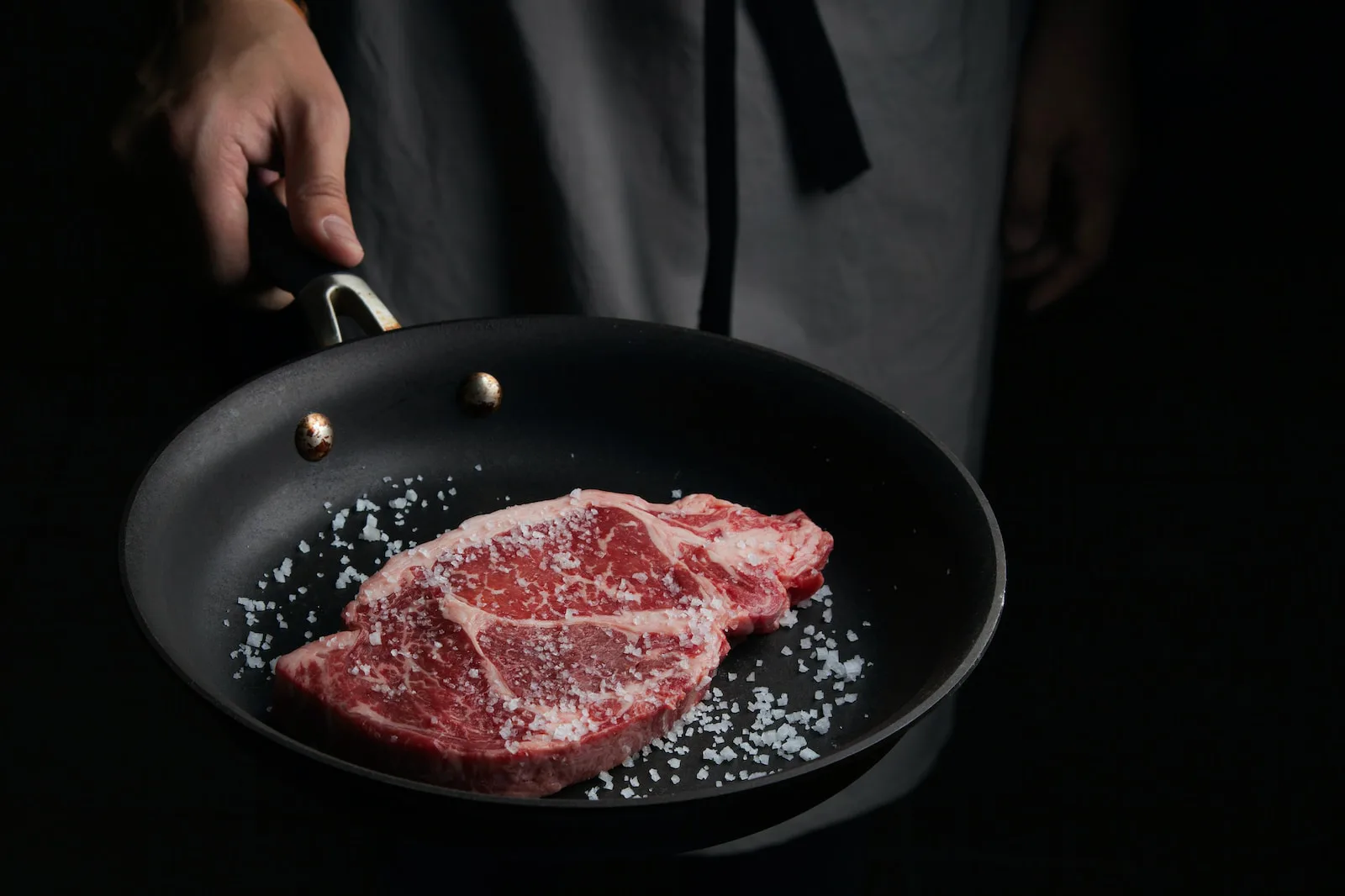
When it comes to identifying bad steak, it’s important to understand what is considered “spoiled” meat and the top reasons for steak spoilage. From there, we can move on to visually inspecting the steak and using our senses to determine spoilage.
What Is Considered a “Bad” Steak?
A “bad” steak is one that’s unsafe to eat because it has spoiled. You’ll notice this kind of steak by its slimy texture and off odor, which often resembles sulfur or ammonia. These are clear warnings that bacteria have started to grow on the meat, making it a health hazard.
This harmful decomposition happens when beef is not stored or handled correctly. If you eat spoiled food, it may cause food poisoning, which is not bad for your health.
Spoiled meat also undergoes discoloration. Patches of gray or brown indicate the steak isn’t fresh anymore. Trust your senses; if something smells foul or rank, like spoiled eggs, it’s a sign that you should throw away the meat immediately.
Consuming rotten steak could lead to serious illnesses due to the bacteria present in decomposed meat.
Always check for these signs before cooking: an unusual odor, slime formation on the surface, and any color changes are red flags. Taking prompt action prevents foodborne illnesses and ensures you only consume high-quality beef that’s safe and delicious.
Top Reasons for Steak Spoilage
Spoiled or bad steak can be attributed to various factors, causing it to become unsafe for consumption. Here are the top reasons for steak spoilage:
- Improper storage: Steak exposed to fluctuating temperatures or left in the open can quickly spoil due to bacterial growth.
- Contamination: Cross-contamination with other foods, particularly raw meats, can introduce harmful bacteria and lead to spoilage.
- Extended shelf life: Keeping steak past its use-by date increases the risk of spoilage and bacterial growth.
- Inadequate packaging: Poorly sealed or damaged packaging can expose steak to air and contaminants, accelerating spoilage.
- Incorrect refrigeration: Failure to store steak at the recommended temperature can hasten spoilage and compromise its safety for consumption.
- Mishandling during transportation: Rough handling and exposure to unhygienic conditions during transportation can lead to premature spoilage of steak.
- Freezer burn: Improperly frozen or stored steak may develop freezer burn, affecting its quality and potentially leading to spoilage.
Visually Inspecting the Steak

When visually inspecting the steak, it’s important to check the use-by date and look for any slime or discoloration on the surface of the meat. These visual indicators can help determine if the steak has spoiled. Here are some inspection tips to tell if your steak is fresh or past the sell-by date:
Check the Use-By Date
I always make it a habit to check the use-by date on any steak before purchasing or consuming it. It is crucial to ensure that the steak has not expired, as eating spoiled meat can lead to serious illnesses.
If the use-by date has passed, it’s best to discard the steak to avoid any health risks. Additionally, checking the use-by date helps prevent potential spoilage and ensures that you are consuming safe and fresh meat.
Look for Slime or Discoloration
Discoloration is a clear indicator of spoilage in steak. If you notice any gray or brown patches on the meat, it may be an indication that the steak has gone bad and should not be consumed.
Similarly, slime on the surface of the steak is another sign of spoilage. When touching the steak, if you feel a slimy texture, it’s best to discard it, as consuming spoiled meat can lead to serious illnesses.
Using your senses to visually inspect for these signs is crucial to ensure that you are consuming safe and fresh steak. Discoloration or slime indicates that bacteria growth has occurred, making it unsafe for consumption.
Using Your Senses to Determine Spoilage

When it comes to detecting spoiled steak, your senses can be your best asset. Smell the steak for any foul or off-putting odors, and feel the texture to check for slime or excessive moisture.
Smell the Steak
I detect the smell of a steak to evaluate its freshness. Spoiled steak usually emits a foul odor, including hints of sulfur or ammonia. This distinct and unpleasant smell offers a clear indication that the steak is no longer safe for consumption.
It’s crucial to trust your sense of smell when determining if a steak is bad, as unusual odors are a prominent sign of spoilage.
If I perceive any rank or off-putting smells from the meat, I should refrain from consuming it to avoid potential health risks. A simple sniff test can help me identify whether the steak has gone bad and should be discarded immediately.
Feel the Texture
When checking for spoiled steak, feeling the texture is crucial. A slimy or sticky surface on the steak indicates spoilage due to bacteria growth and should be a clear sign not to consume it.
Additionally, if the steak feels unusually dry or has any mushy areas, it could also signal that it has gone bad and should be discarded.
Detecting bad steak through texture is essential in ensuring food safety. If there are any peculiar sensations when touching the steak, such as an unusual sliminess or dryness, it’s best to err on the side of caution and avoid consuming it to prevent potential health risks associated with eating spoiled meat.
Dealing with Spoiled Steak
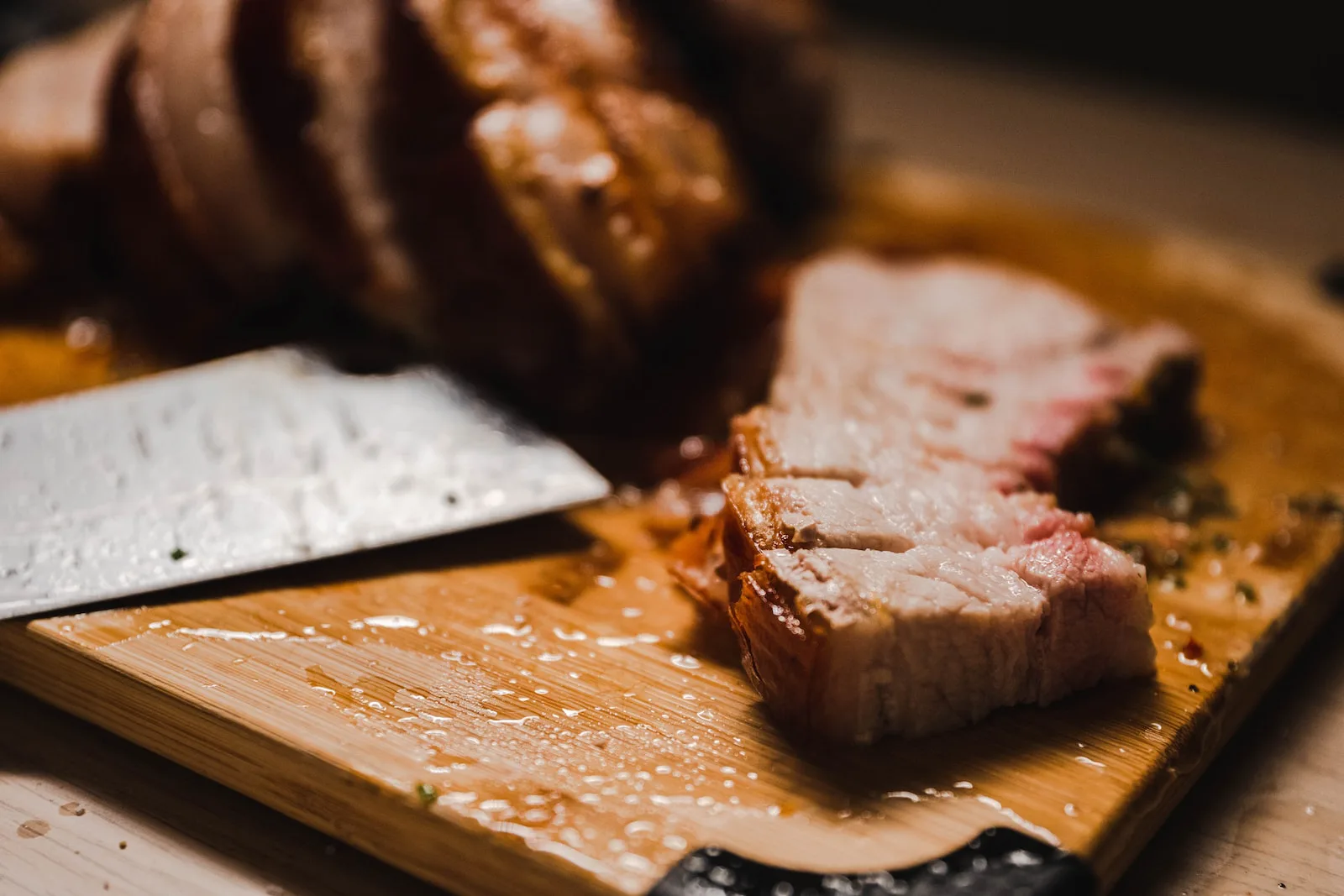
If you’ve determined that your steak is spoiled, it’s important to safely dispose of it to prevent any potential foodborne illness. You can trim off the spoiled parts if they are minimal, but it’s best to err on the side of caution and discard the entire steak.
How to Safely Dispose of Spoiled Steak?
When dealing with spoiled steak, it is important to handle and dispose of it safely to avoid any risk of foodborne illness. Here are the steps to properly dispose of spoiled steak:
- Double-bag the spoiled steak in tightly sealed plastic bags to prevent any leakage or cross-contamination.
- Place the double-bagged steak in a secure, lidded trash bin or waste disposal container.
- Avoid leaving the spoiled steak exposed, as this can cause unpleasant odors and attract pests.
- Seal the lid on the trash bin tightly to contain any odor and discourage pests from getting into the garbage.
- Store the trash bin in an area away from direct sunlight and high temperatures to prevent further bacteria growth.
- If using a curbside waste collection service, ensure that the steak is placed out for pickup on scheduled collection days to promptly remove it from your property.
- Clean and disinfect any surfaces or utensils that may have come into contact with the spoiled steak to prevent cross-contamination.
- Consider using gloves while handling and disposing of spoiled steak for an added layer of protection against potential bacteria exposure.
- If there are specific guidelines or regulations for food waste disposal in your area, follow those recommendations to adhere to proper waste management practices.
Can You Trim Off the Spoiled Parts?
Trimming off the spoiled parts of a steak is not recommended, as bacteria that cause spoilage may have spread throughout the meat, making it unsafe to consume. Even if there are no visible signs of spoilage on the outside, bacteria can be present within the meat, and cutting away surface spoilage will not necessarily make it safe to eat.
It’s crucial to discard any steak that shows signs of spoilage rather than attempting to salvage it by trimming off affected areas.
While some people believe they can salvage spoiled portions by removing them, this practice should be avoided due to the potential health risks associated with consuming contaminated meat.
Prevention Tips
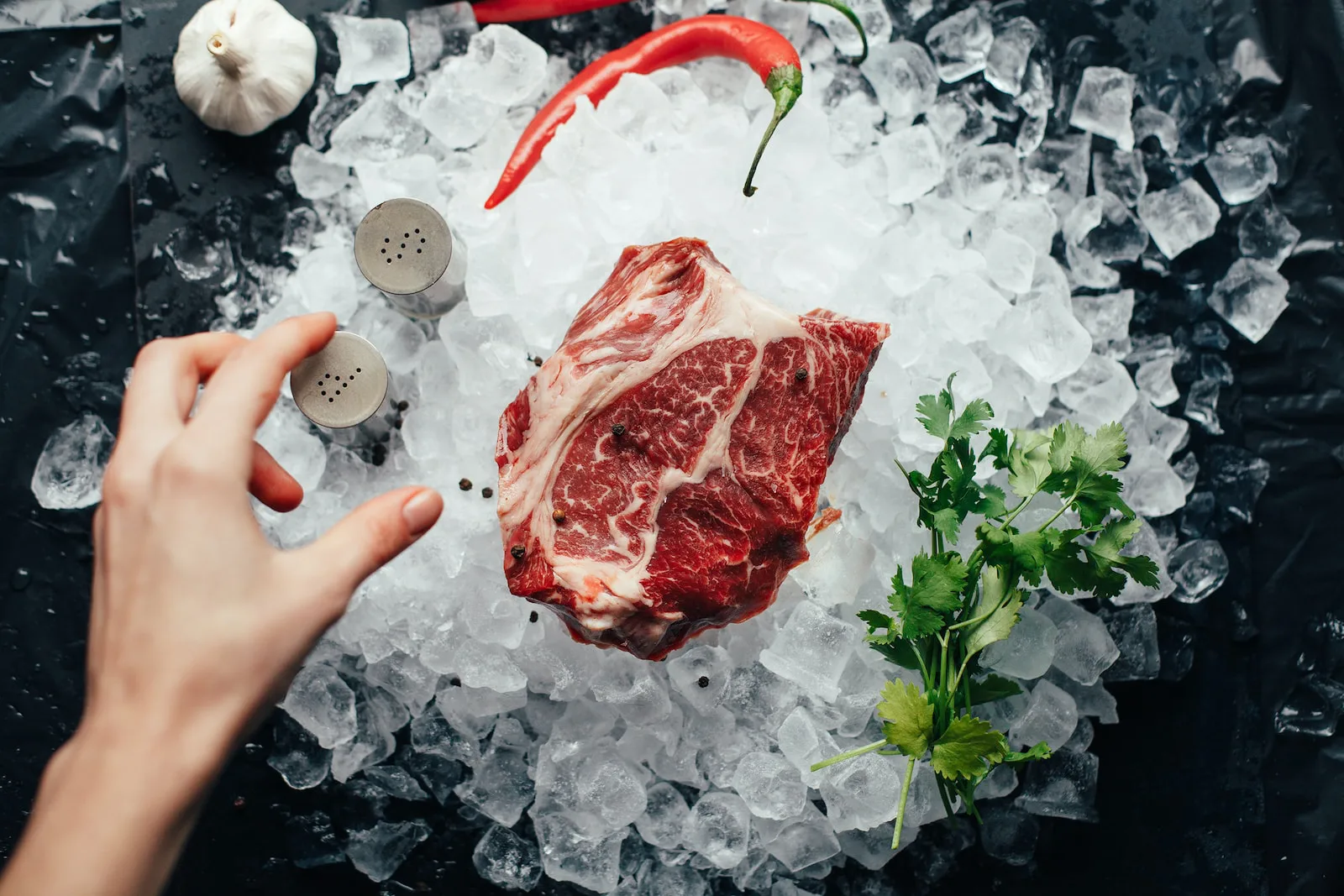
Proper storage of steak is crucial in keeping it fresh. Freezing tips can also help extend the shelf-life of your steak. Additionally, cooking and consuming steak properly can prevent spoilage.
Proper Storage
Storing steak properly is crucial to prevent spoilage and ensure it stays safe for consumption. Here are some essential tips for proper storage:
- Refrigerate and freeze your steak at temperatures below 40°F (4°C) to slow down bacterial growth.
- Store the steak in the coldest part of the refrigerator, usually the bottom shelf.
- Keep the steak wrapped tightly in plastic or aluminum foil to prevent exposure to air and moisture.
- Use airtight containers or vacuum-sealed bags to store leftover cooked steak in the refrigerator.
- Freeze fresh steak if it will not be consumed within a few days, ensuring it is tightly sealed to prevent freezer burn.
- Thaw frozen steak in the refrigerator rather than at room temperature to avoid bacterial growth.
Freezing Tips
To ensure the longevity of your steak, freezing it properly is crucial. Follow these tips for optimal results:
- Wrap the steak tightly in plastic wrap or aluminum foil to prevent freezer burn and maintain its quality.
- Place the wrapped steak in a resealable freezer bag or an airtight container to further protect it from freezer burn and odors.
- Label the packaging with the date of freezing to keep track of its storage time and ensure timely consumption.
- Store the steak in the coldest part of the freezer, preferably at 0°F ( – 18°C) to maintain its texture and flavor.
- Thaw frozen steak in the refrigerator rather than at room temperature to prevent bacterial growth and spoilage.
Tips for Cooking and Consuming Steak
After learning how to properly store and freeze steak, it’s essential to consider tips for cooking and consuming it. Here are some essential guidelines for how to cook the steak to prevent its aging process:
- Always ensure that the steak is fully cooked before consuming it to kill any potential bacteria present.
- Consider marinating the steak before cooking to enhance flavor and tenderness.
- Use a meat thermometer to ensure that the internal temperature of the steak reaches a safe level, typically 145°F for medium-rare and 160°F for medium.
- Allow the cooked steak to rest for a few minutes before slicing or serving, which helps retain juiciness and flavor.
- Consume the cooked steak within a reasonable time frame, ideally within 3 – 4 days when refrigerated.
- When reheating leftover steak, make sure it reaches an internal temperature of 165°F to ensure safety.
- Always handle cooked steak with clean utensils and surfaces to prevent cross-contamination.
FAQs
What are the signs that my steak is spoiled?
Look for discolored patches, smell for sour notes, check if gasses are released upon packaging opening, and note any slimy texture, which are clear indicators of rotten meat.
Can the color of a steak help me know if it’s bad?
Yes, if you notice your steak has turned greenish or brown instead of the fresh red or pink tint, it is likely discolored and could be a sign that the meat is spoiling.
How can I tell if a steak has gone bad by smelling it?
Spoiled steaks often release an unpleasant, sour scent similar to ammonia; this smell indicates spoilage and means the beef should not be eaten.
Is there a sure way to tell when my steak has passed its use-by date?
While checking the date on your packaging is important, spotting signs like changes in appearance or odor will help you determine with certainty whether your steak has passed its use-by date.
What should I do if I’m unsure about determining if my steak is bad?
If you’re uncertain about detecting rancid steak or identifying spoilage signs in your beef, always err on the side of caution and discard any meat that raises concern.
Conclusion
Understanding the signs of spoiled steak is crucial for maintaining food safety. The practical tips shared in this article can help you identify and avoid consuming bad or spoiled steak efficiently.
How will you apply these strategies to ensure that the meat you consume is safe? It’s important to recognize the impact of these approaches on preventing potential health risks associated with consuming spoiled meat. One simple sign of spoiled steak is that it smells bad.
Always prioritize proper storage and handling to prevent spoilage – it could make a significant difference in your overall well-being. Consider exploring additional resources or seeking guidance from experts to enhance your knowledge about meat safety and quality.
*We may earn a commission for the purchases made using our links. Please see our disclosure to learn more.

